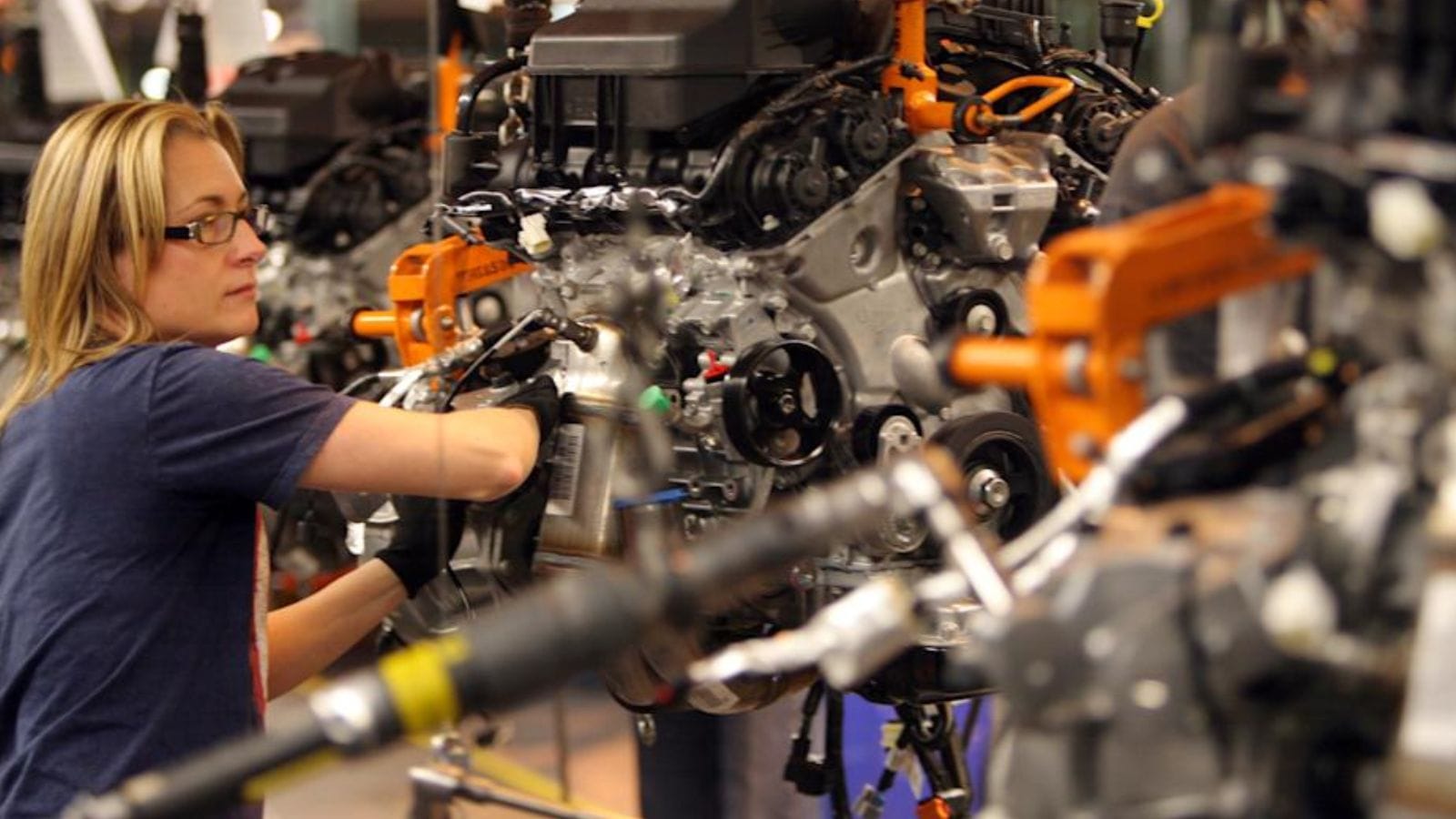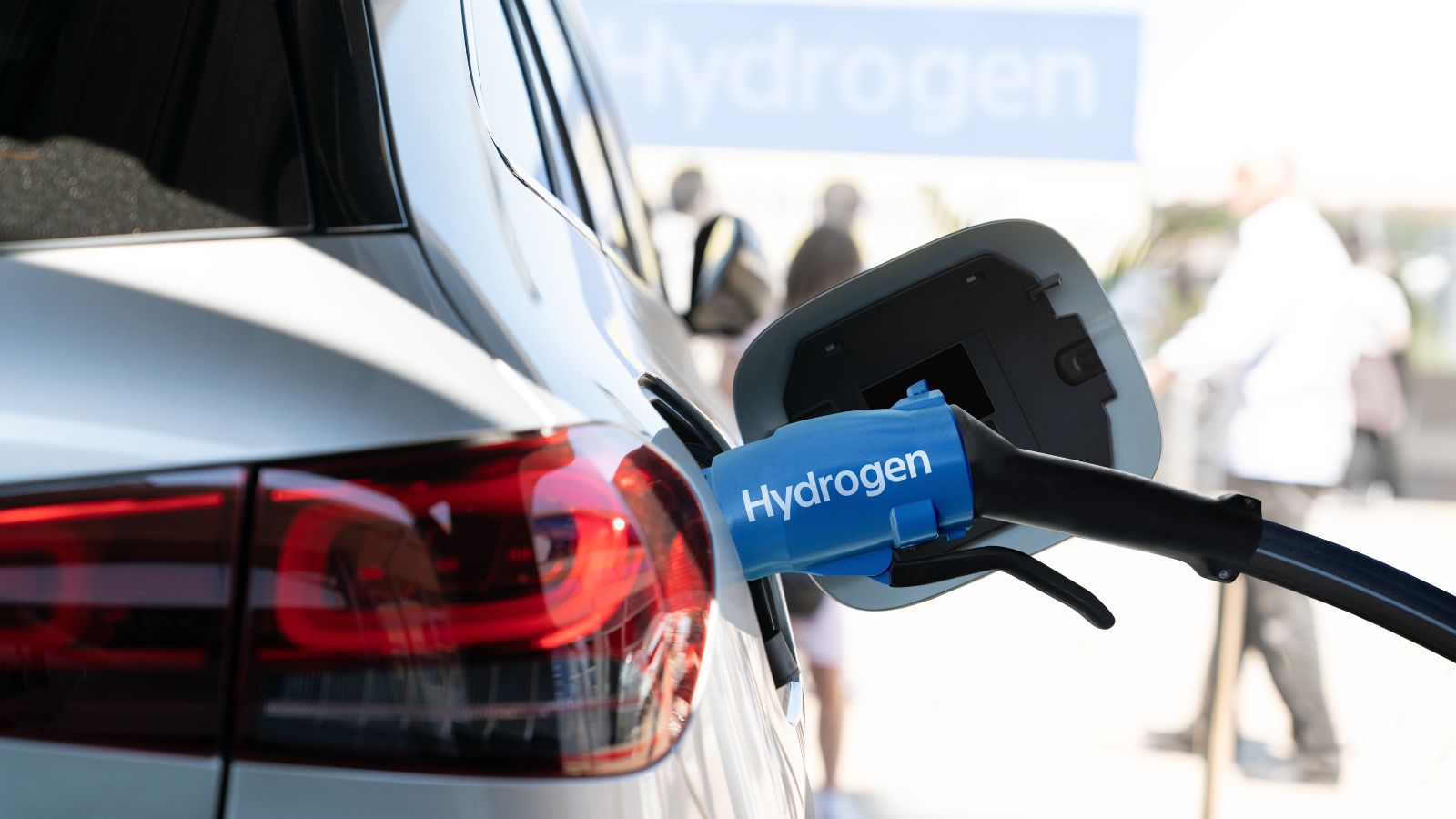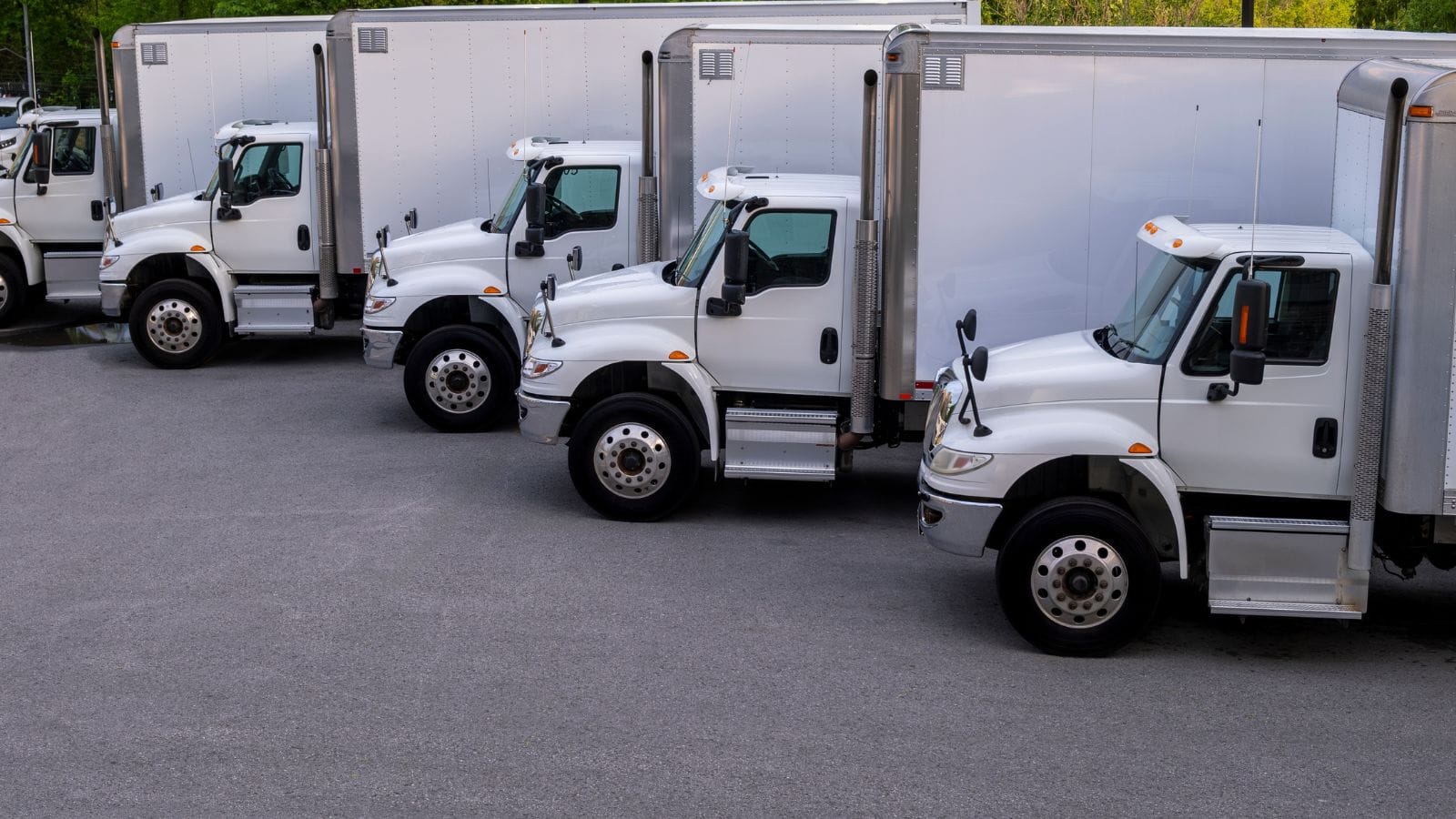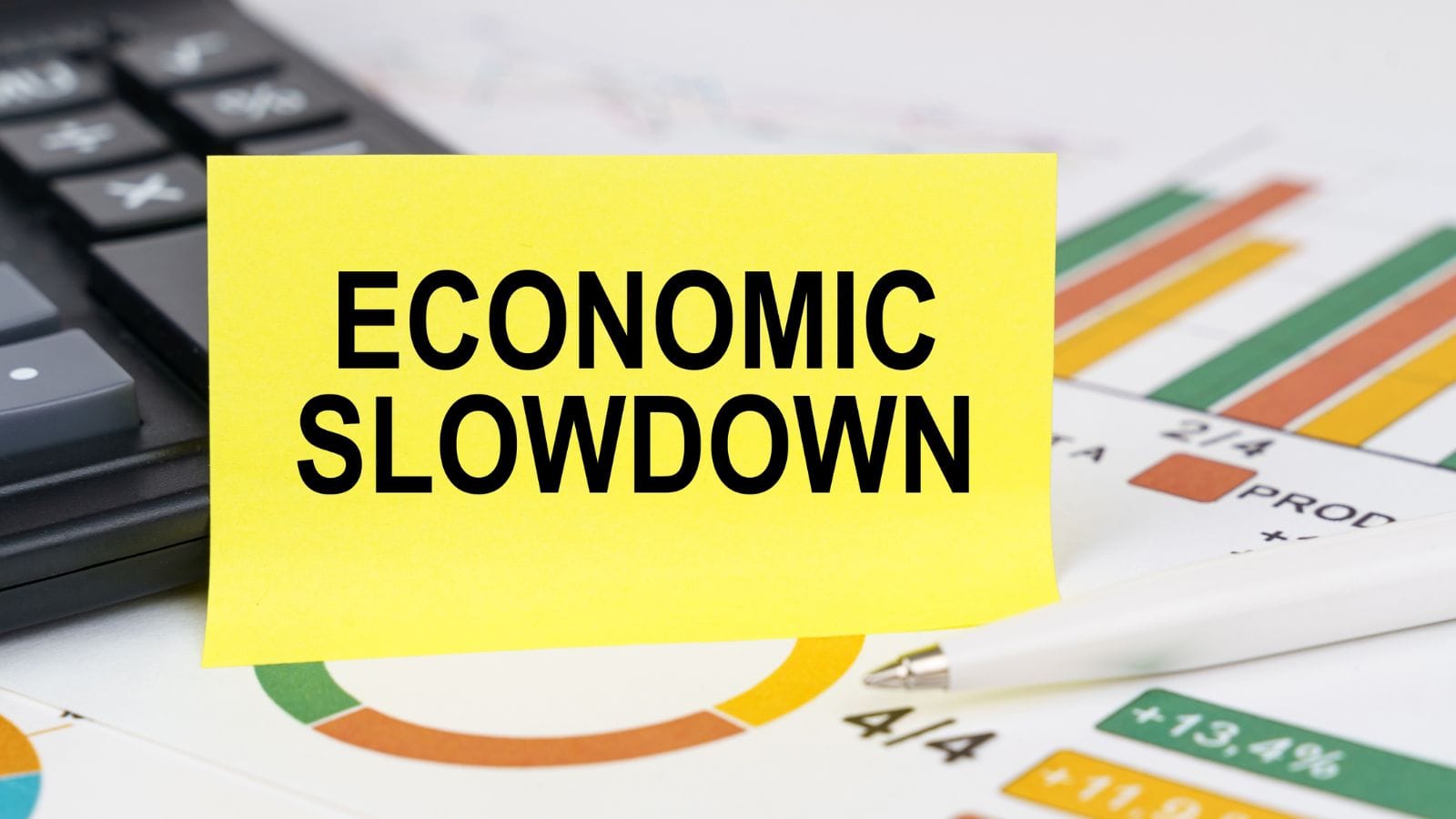Tariffs and retaliatory tariffs mark the U.S.-Canada trade war. While each country has taken measures to protect its own interests, consumers suffer the most. Beyond dealerships and fuel prices, various hidden costs have disrupted the market. These include a weakened Canadian dollar, supply chain issues, delays in production, job losses, and market volatility, among others. Here are 25 hidden costs of driving in Canada during a trade war.
Increased Vehicle Prices

The 25% tariffs imposed by the United States on Canada have increased the price of vehicles. Imported parts and assembled cars face steep duties, raising production expenses for manufacturers. New vehicle supply has become increasingly expensive, raising individuals’ overall costs and straining their finances.
Higher Used Car Costs

The trade war is driving up the costs of all vehicles, including used cars. As consumers shift to the used car market to avoid tariffs, there are many supply issues. Sellers capitalize on the trend, listing vehicles at high premiums, leaving consumers with limited choices coupled with a tight budget.
Auto Parts Price Hikes

The trade war and tariffs on imported materials have increased the cost of auto parts. Manufacturers and suppliers pass these costs to repair shops, charging drivers more for replacements. Whether transmissions, brakes, or batteries, this is raising the cost of repair and maintenance for consumers.
Increased Repair Costs

Another hidden cost of driving in Canada is the increased repair costs due to increased parts prices. Technicians and mechanics are raising labour costs and taking more time to source scarce components. Smaller shops, hit hardest by supply chain issues, may pass on even higher costs.
Supply Chain Disruptions

The trade war between the U.S. and Canada has delayed the flow of goods across the border. Auto parts, often sourced internationally, face delays at customs or during production. Dealerships and mechanics struggle to stock essential components, while the uncertainties of delivery and variants create problems for customers.
Rising Car Insurance Premiums

Insurance companies have increased vehicle premiums amidst the tariff war. The increased value of cars, combined with pricier parts and labor, leads to higher payouts for claims. Canadian buyers struggle with higher premium rates and opt for loans instead of relying on claims.
Fuel Costs Increase

Canada’s 25% retaliatory tariffs on U.S. energy imports wreck the fuel markets, driving up costs. The trade war creates volatility in oil and gas supply chains, as duties complicate cross-border trade. Canadian drivers feel this pinch with every refuel, leading to more expensive travel.
Higher Import Duties

Since the trade war, additional duties have been imposed on imports. There have also been additional duties on vintage and custom vehicles, raising the cost of bringing such cars into the country, making them a luxury few can afford. This leaves buyers with the broken dream of their favourite vehicle and removes the scope of unique cars.
Reduce Vehicle Availability

The tariff chaos has increased vehicle production costs, pushing manufacturers to stop producing a few models. Less profitable vehicles may disappear from the market, narrowing consumer choices. This has left dealerships with no choice but to keep smaller inventories, as the fear of tariffs is alienating buyers.
Increased Financing Costs

Due to economic uncertainty in the U.S.-Canada trade war, buyers face increased interest rates. Banks and lenders, wary of market volatility, charge more to finance vehicle purchases. This is a brutal hidden cost of driving during this period for Canadians who face increased monthly payments.
Depreciation of the Canadian Dollar

The ripple effect of the tariffs is taking a toll on Canadians, weakening the Canadian dollar. A weaker dollar increases the cost of imported vehicles and parts, which dominate the auto industry. As a result, export marketing is shrinking, and expenses such as repairs and fuel have increased significantly.
Higher Costs for Emergency Vehicles

Even specialized vehicles such as ambulances and police cars have become harder to maintain. The tariffs are taking a toll on these emergency vehicles, which rely on many imported components. Some may even be manufactured abroad, making them vulnerable to all trade duties.
Rising Costs for Commercial Fleets

Businesses that run vehicle fleets are hit hard by tariffs on parts, fuel, and new trucks or vans. With supply chain disruptions, maintaining these vehicles and repairs have become more expensive. To reduce losses, businesses are increasing the prices of goods and services and delaying upgrades to these vehicles.
Border Delays

The trade war has increased border delays, especially among the North American automotive hemisphere countries. Parts and vehicles face prolonged customs checks, delaying deliveries to dealerships and repair shops. This ruins plans for Canadian drivers and paves the way for longer wait times and repairs.
Environmental Impact Fees

Since the tariffs force longer transport routes, pollution and environmental impact have significantly increased. This environmental toll may prompt governments to impose stricter regulations or fees on drivers to reduce carbon impacts. Canadian drivers using older models may be the first victims of this.
Higher Costs for Electric Vehicles

The trade war has affected electric vehicles and their components, such as batteries. These tariffs target critical materials for electric vehicles and increase production prices overall. Drivers seeking eco-friendly options encounter higher purchase and maintenance expenses.
Lesser Investments

Investors do not want to take risks during the trade war and the uncertainties in the automotive industry. This has also led to declining automotive research and manufacturing plants, which deliver inferior features. The lack of innovation also slows improvements in repair efficiency and leaves drivers with very few options.
Consumer Debt

The trade war and tariffs have done nothing good for consumers now facing higher debt. This is due to a combination of factors, including loans for purchases, repairs, and even fuel. It has affected budget-conscious drivers seeking affordable options, trapping them in a cycle of borrowing.
Higher Costs for Driving Services

Ride-sharing companies and other car-driving services are increasing rates during the tariff war. Operators face pricier fleet upkeep and supply chain disruptions, forcing them to raise fares. From higher trip costs to increased prices for daily commutes and occasional rides, the tariff war has made ride-sharing less affordable.
Decline in Auto Sector Jobs

The trade war has robbed many people of their jobs, with some factories stopping operations altogether. The economic downturn is also affecting several brands, threatening future employment. Smaller dealerships and plans are closing, leaving many with a tight budget and debt.
Car Dealership Issues

Both big and small car dealerships are facing the adverse effects of tariffs in their way. Tariffs are reducing their profit margins, limiting inventory, and forcing them to sell expensive models to consumers. Dealerships may cut staff or services to cope, reducing customer support and other benefits.
Parking Fees

This is another hidden cost of the trade war in Canada, prompting municipalities to increase parking fees. Raising parking fees becomes a quick solution, increasing costs for drivers in cities and towns. Since the trade war has reduced the domestic economy, this is a new way to extract customer funds.
Increased Raw Material Costs

Tariffs on raw materials, steel, and aluminium have raised the cost of vehicle production. Manufacturers pass these expenses to consumers through increased car costs and repairs. The trade war’s focus on key inputs disrupts cost-effective production, reducing the availability of affordable models.
Reduced Tourism Revenue

Car rental services and driving-related businesses are suffering because of the trade war. Since this has caused tensions within the countries, many have boycotted tourism, reducing tourism revenue. To compensate, these businesses raise prices, increasing local drivers’ costs.
Economic Slowdown

The larger picture and result of the trade war is the economic slowdown and reduction of disposable income. Drivers reduce vehicle purchases, upgrades, or maintenance to cope with tighter budgets. Dealerships are straining consumers by increasing prices, forcing them to delay buying and holding off on purchases.
22 Times Canadian Ingenuity Left the U.S. in the Dust

When people think of innovation, they often picture Silicon Valley. However, Canada has a history of innovation, too. Whether it’s redefining sports, revolutionizing medicine, or just showing America up at its own game, Canadian inventors, thinkers, and dreamers have had their fair share of mic-drop moments. Here are 22 times Canadian ingenuity left the U.S. in the dust.
22 Times Canadian Ingenuity Left the U.S. in the Dust
